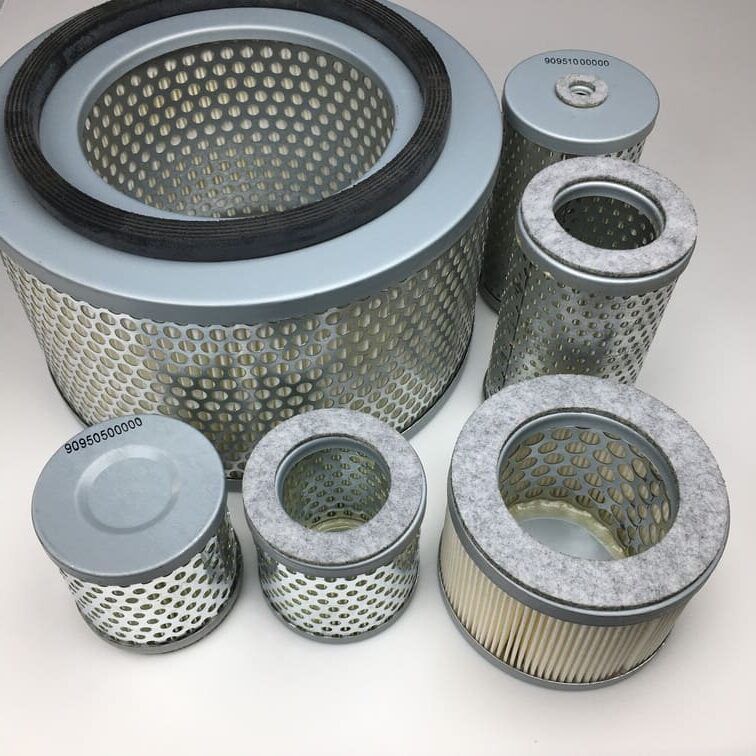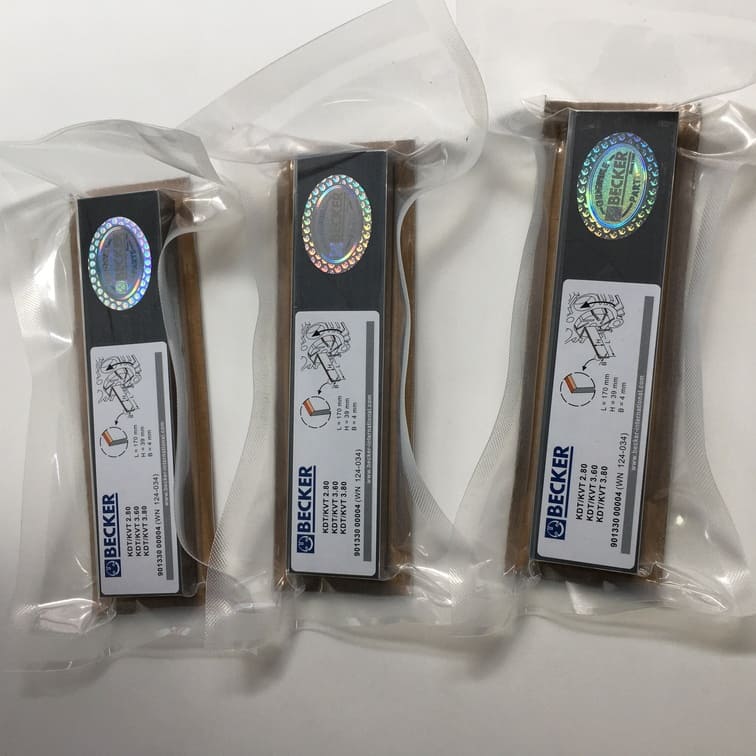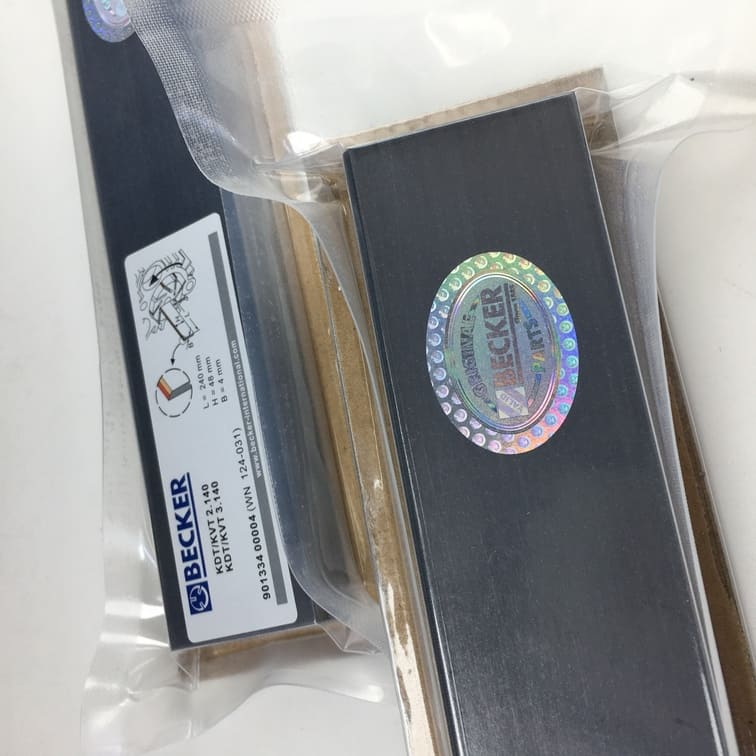What is Vacuum Degree in a Pump?
Vacuum degree is a term often encountered when dealing with vacuum pump systems, but what does it really mean? In essence, vacuum degree refers to the pressure level inside a vacuum pump system. Understanding how vacuum degree works is crucial to achieving optimal performance from your vacuum pump. In this article, we will dive into what vacuum degree is, the different types of vacuum, and how it impacts your pump’s performance.
Understanding Vacuum Pump Basics
What is a Vacuum Pump?
A vacuum pump is a device that removes air or gas molecules from a sealed environment to create a vacuum—an area of reduced pressure compared to the atmospheric pressure. Vacuum pumps play a critical role in various industrial and scientific processes, including packaging, chemical production, and electronics manufacturing. They come in various forms, each tailored for a specific type of application, but a fundamental aspect across all vacuum systems is the concept of vacuum degree.
The different components of a vacuum pump work together to achieve desired pressure levels:
- Pump Chamber: Where gas molecules are collected and displaced.
- Valve System: Regulates the direction of the gas flow and prevents backflow.
- Drive Mechanism: Provides the energy required to move the gas out of the system.
The efficiency and effectiveness of the vacuum pump depend largely on its ability to reach the desired vacuum level or vacuum degree.
What is Vacuum Degree?
Vacuum degree is a term used to describe the measure of pressure in a vacuum environment. It essentially represents the level of evacuation achieved inside a vacuum pump system. The lower the pressure inside the pump, the higher the vacuum degree—in other words, a greater degree of vacuum is achieved.
Measuring Vacuum Degree
Vacuum degree is typically measured in units of pressure, such as:
- Pascal (Pa)
- Millibar (mbar)
- Torr
- Millimeters of Mercury (mmHg)
To understand the measurement, we also need to consider two specific terms:
- Absolute Pressure: This refers to the total pressure in the system, measured relative to an absolute vacuum.
- Gauge Pressure: This refers to the pressure measured against atmospheric pressure (not an absolute vacuum).
In general, the vacuum degree is evaluated by comparing the vacuum inside the pump to the surrounding atmospheric pressure.
Types of Vacuum and Their Relation to Vacuum Degree
1. Low Vacuum
Low vacuum, also called rough vacuum, represents the starting point of a vacuum. In this stage, pressures range from atmospheric pressure (about 1013 mbar) to 1 mbar. This level of vacuum is commonly used for packaging and industrial processing.
2. Medium Vacuum
Medium vacuum ranges from 1 mbar to 10^-3 mbar. Applications like freeze-drying and vacuum forming often utilize medium vacuum levels. Achieving this degree of vacuum requires the use of rotary vane pumps or other mid-range pumps.
3. High Vacuum
High vacuum pressures range between 10^-3 mbar and 10^-7 mbar. Such low pressures require turbomolecular pumps or diffusion pumps. This degree of vacuum is often required in laboratory experiments and in the semiconductor industry.
4. Ultra-High Vacuum
Ultra-high vacuum (≤ 10^-7 mbar) is used primarily in scientific research, such as particle accelerators and electron microscopes. Achieving an ultra-high vacuum requires advanced technology, and specialized oil-free vacuum pumps are often necessary to achieve these conditions.
| Vacuum Type | Pressure Range | Common Applications |
|---|---|---|
| Low Vacuum | 1013 to 1 mbar | Packaging, industrial processing |
| Medium Vacuum | 1 to 10^-3 mbar | Freeze-drying, vacuum forming |
| High Vacuum | 10^-3 to 10^-7 mbar | Semiconductor manufacturing |
| Ultra-High Vacuum | Below 10^-7 mbar | Scientific research |
Note: Vacuum degree varies significantly depending on the pump type and application.
Importance of Vacuum Degree in Pump Performance
Efficiency and Energy Consumption
A properly calibrated vacuum degree ensures that the vacuum pump operates efficiently without overexerting itself. If the desired vacuum level is not attained, the pump will need to work harder, leading to increased energy consumption and wear and tear on the components.
Tip: Regular monitoring of the vacuum degree can help identify issues early and prevent unnecessary power consumption.
System Safety
Maintaining the right vacuum degree is essential to ensure system safety. Over-pressurization can lead to equipment failure or even hazardous conditions. Similarly, insufficient vacuum can cause contaminants to remain in the system, which may affect product quality or lead to corrosion.
Vacuum Degree in Specific Applications
Different applications require different degrees of vacuum. For instance, pharmaceutical processes require precise vacuum degrees to avoid contamination, whereas vacuum packaging may only need a rough vacuum. Understanding the correct vacuum degree and selecting the appropriate vacuum pump ensures that the equipment is suitable for the intended application.
Components that Impact Vacuum Degree
1. Gas Ballast Valve
A gas ballast valve helps in controlling the vacuum degree by allowing controlled amounts of air to enter the pump chamber. This prevents condensation of vapors that may affect the vacuum degree.
- Application: Commonly used in rotary vane pumps to manage vapor loads and avoid emulsification.
2. Oil Quality and Contamination
The type and quality of oil used in oil-sealed pumps significantly impact the vacuum degree. Poor-quality or contaminated oil can lead to inefficient evacuation and difficulty achieving high vacuum degrees.
For the best performance, it is advised to use Becker Air Filters and the correct vacuum pump oil that meets manufacturer standards. For more information on vacuum pump spare parts, visit Vacuum Pump Spare Parts.
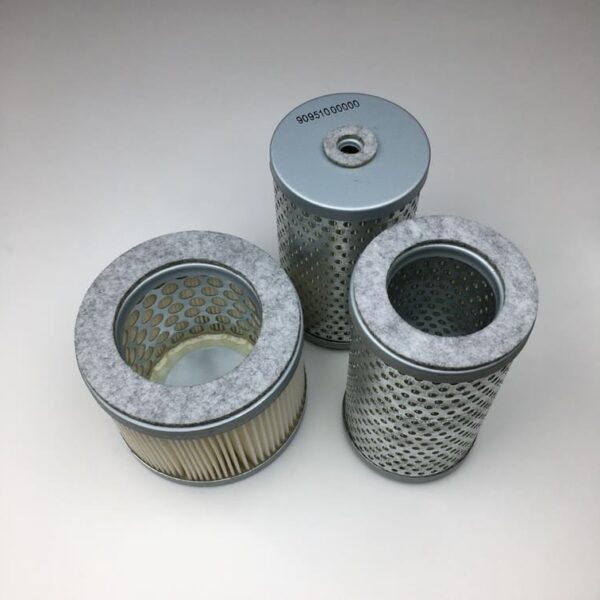
(Becker Air Filter replaces Becker 909540)
3. Valve Seals and Maintenance
Proper maintenance of valve seals is also crucial in preserving the vacuum degree. Any leaks or damaged seals can cause a significant drop in vacuum, leading to energy inefficiency and system instability.
- Recommendation: Inspect and replace valve seals regularly, and avoid prolonged operation in unsuitable conditions.
Common Challenges in Maintaining Vacuum Degree
1. Moisture and Contaminant Build-up
One of the common challenges in maintaining an optimal vacuum degree is moisture or contaminant build-up in the pump. This can reduce the vacuum level, making it difficult to achieve the desired pressure.
2. Oil Emulsification
When vacuum pumps run in high-moisture environments, oil emulsification is a common issue that affects vacuum degree. The oil may turn milky, indicating a loss in the ability to lubricate and seal effectively.
If you notice oil emulsification, replace it immediately with vacuum pump oil suitable for your pump. For additional replacement parts, consider checking out Becker Set of 5 Vanes.
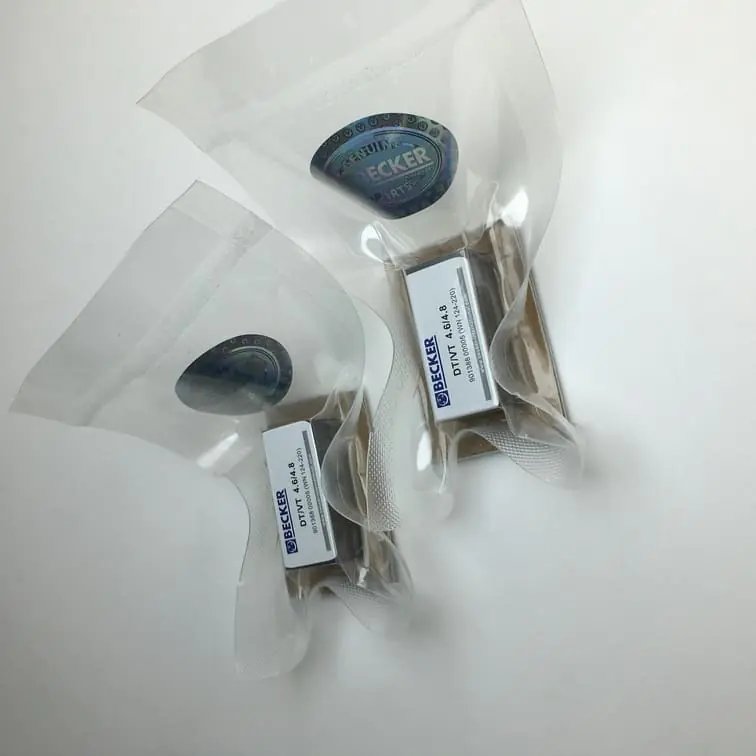
3. Temperature Variations
Temperature extremes can affect the vacuum degree. Overheating leads to oil breakdown and increased wear and tear on pump components, whereas low temperatures may cause condensation.
Solution: Always operate the pump in a controlled environment and ensure adequate cooling systems are in place.
Best Practices to Maintain Optimal Vacuum Degree
Regular Maintenance
- Scheduled Oil Changes: Replacing oil on a scheduled basis is important for maintaining an optimal vacuum degree.
- Check for Leaks: Inspect seals and connections regularly to prevent vacuum leakage.
- Gas Ballast Usage: Utilize the gas ballast valve when pumping vapors to avoid oil contamination.
Choose the Right Pump Type
Different vacuum applications require different pump types. Selecting the right pump can make achieving and maintaining the desired vacuum degree easier. If you’re looking for compatible filters and replacement components, be sure to visit Becker Air Filter.
Controlled Operating Environment
A wound vacuum pump is an invaluable tool in modern wound care, offering a faster, more efficient path to recovery for patients with challenging wounds. By creating a controlled negative pressure environment, it helps to minimize complications, promote healthy tissue growth, and significantly reduce healing times. This technology represents a major advancement in wound management, particularly for those dealing with complex or chronic wounds. Always consult a healthcare professional for personalized advice on whether NPWT is suitable for your specific condition.

